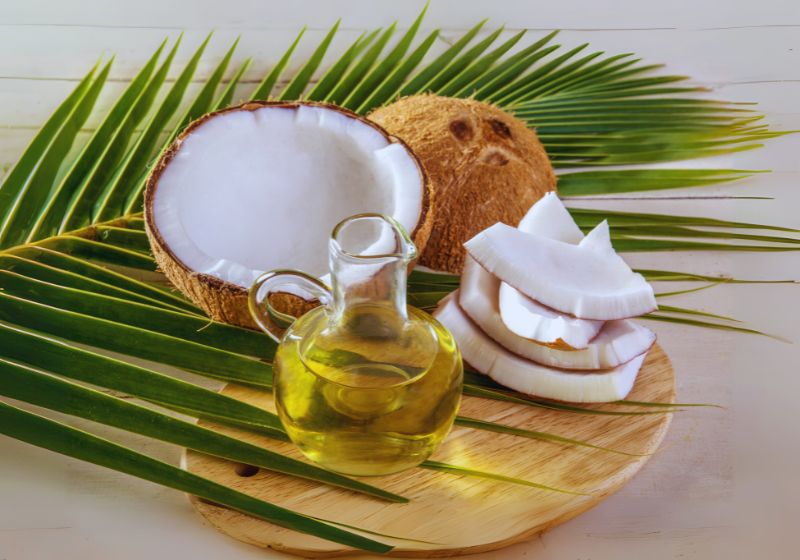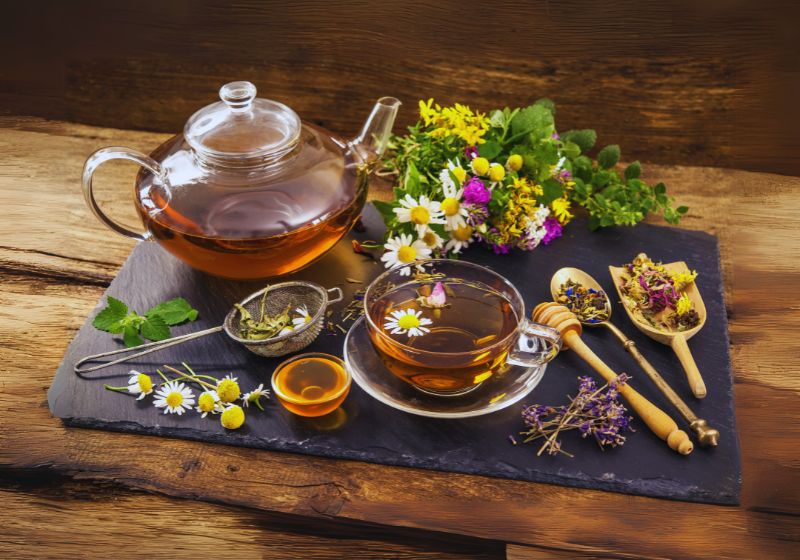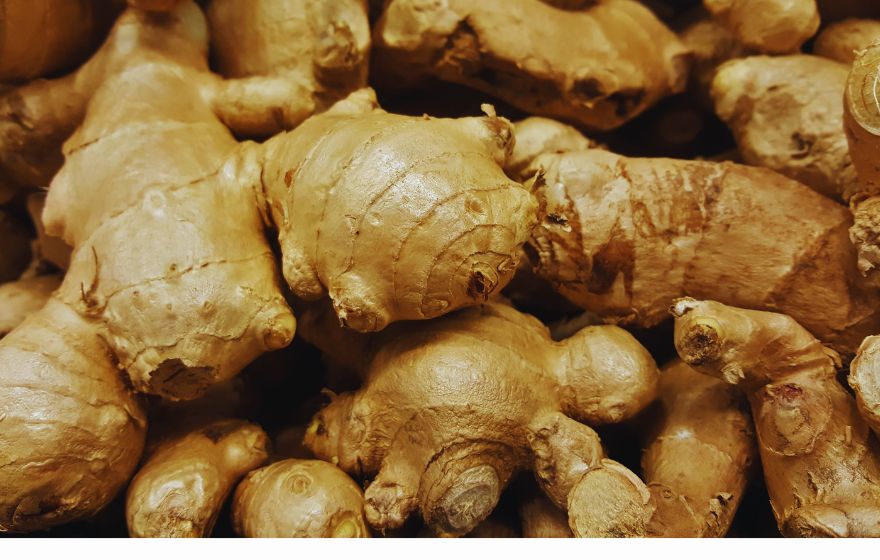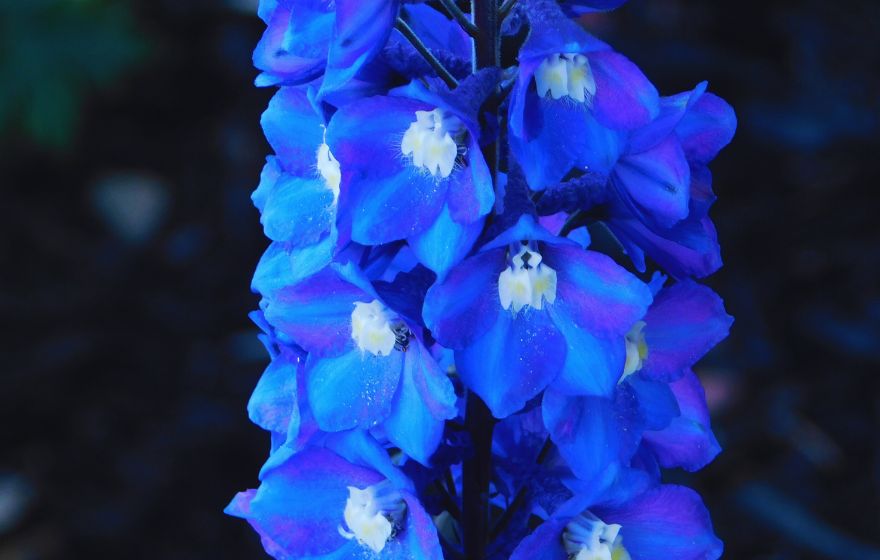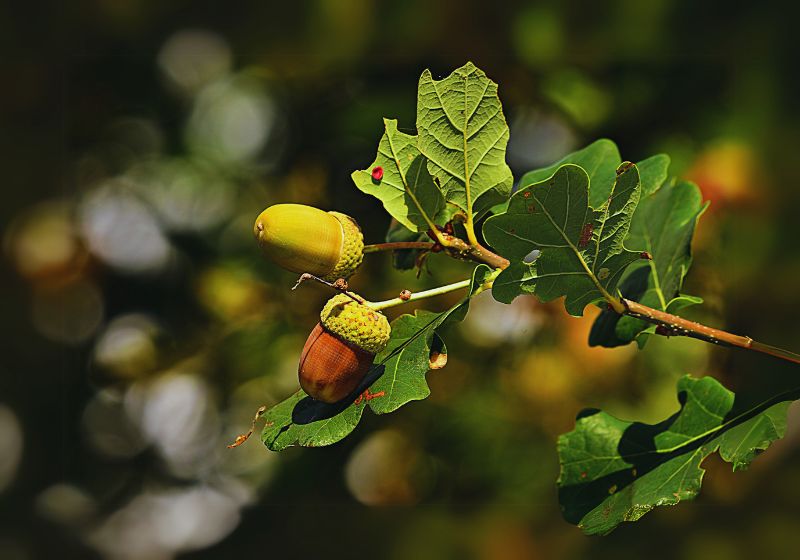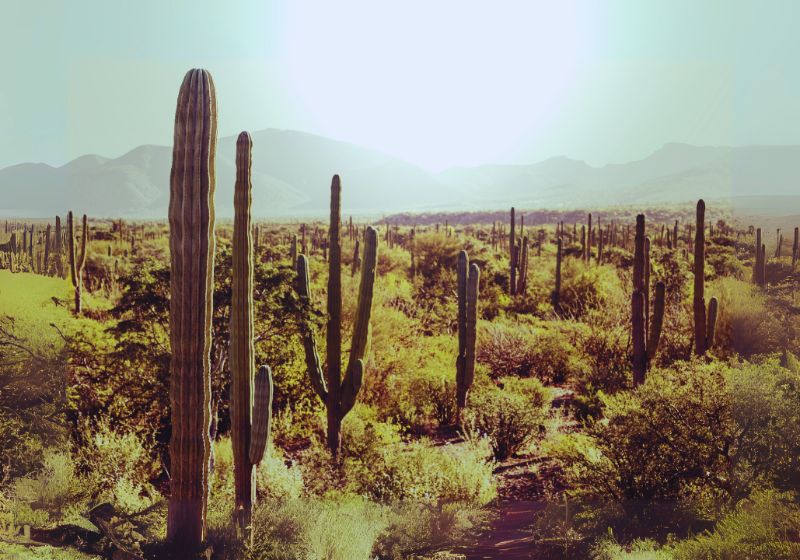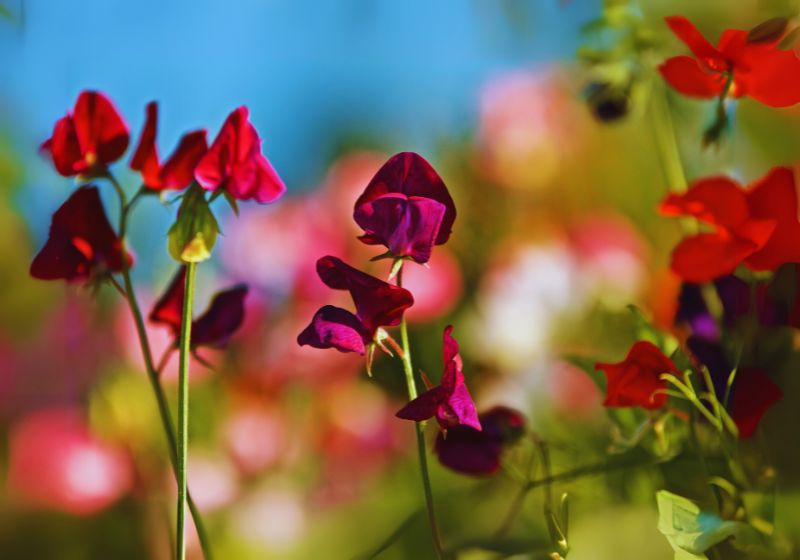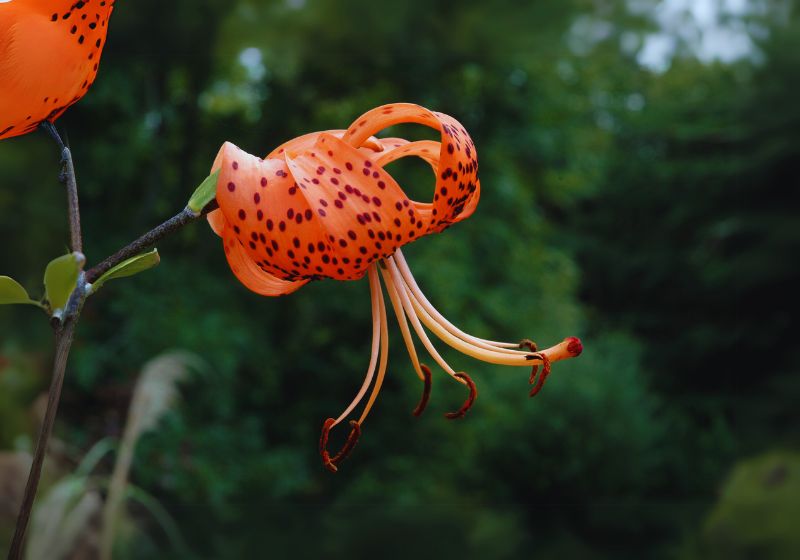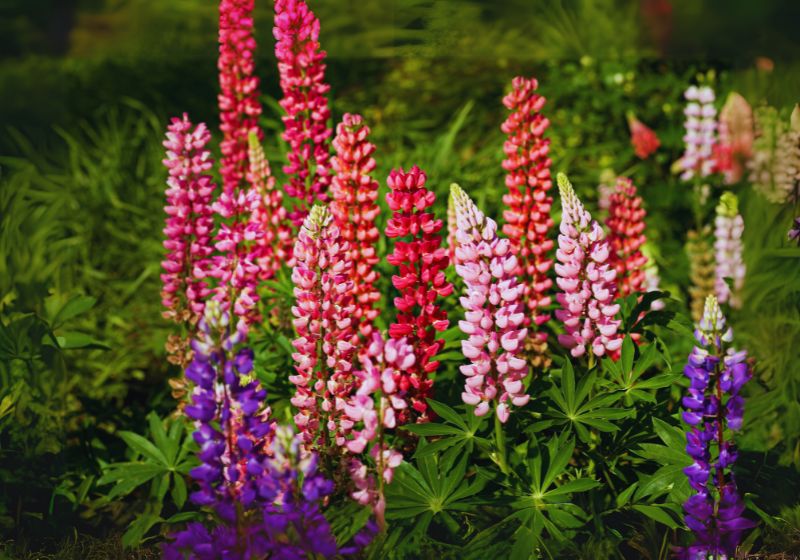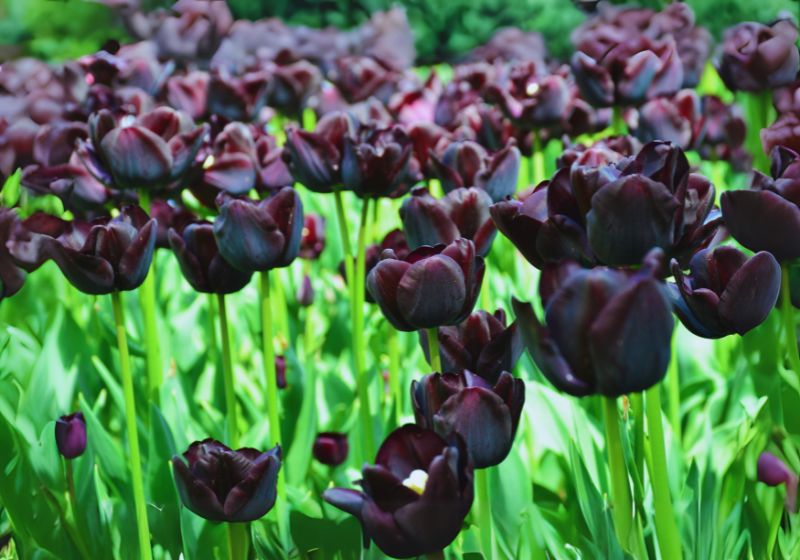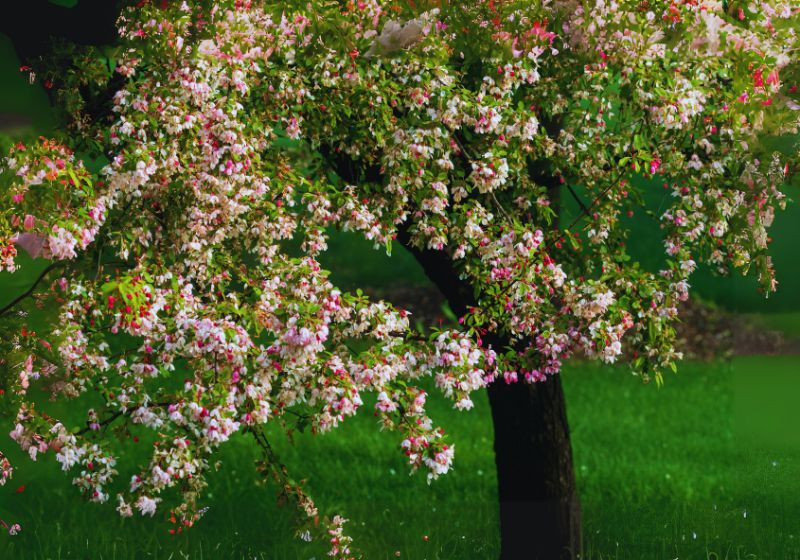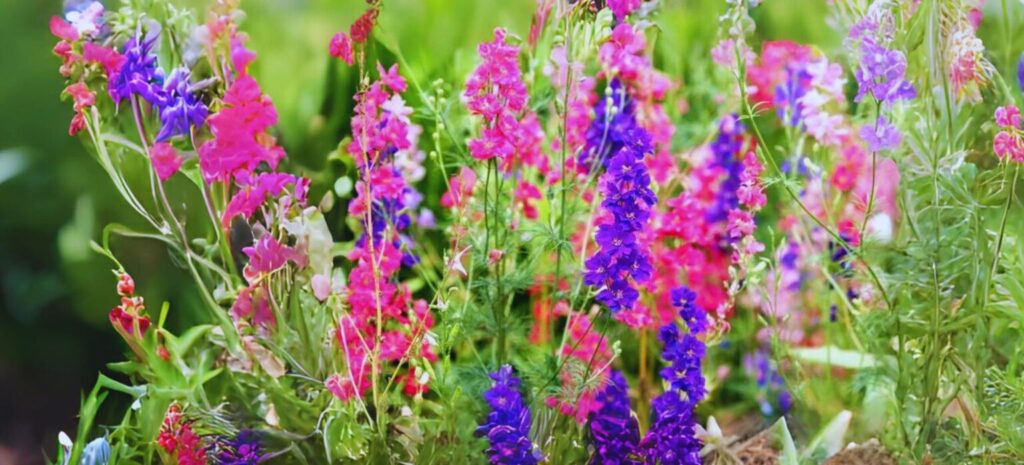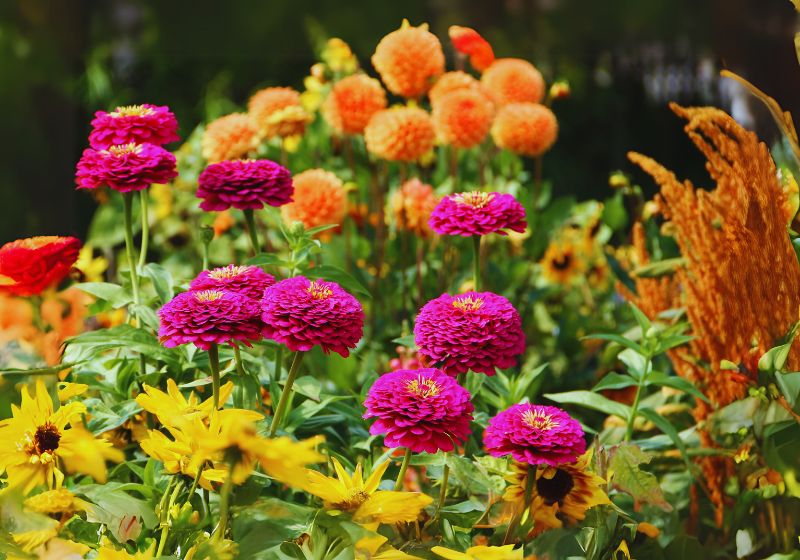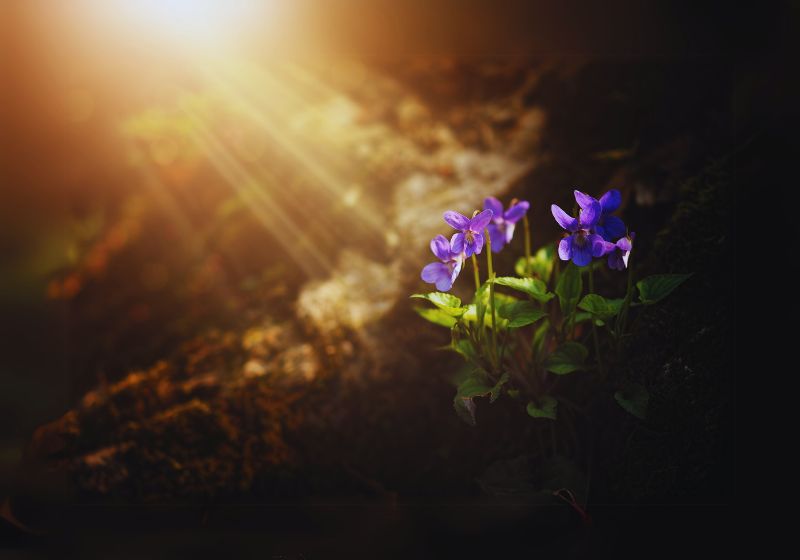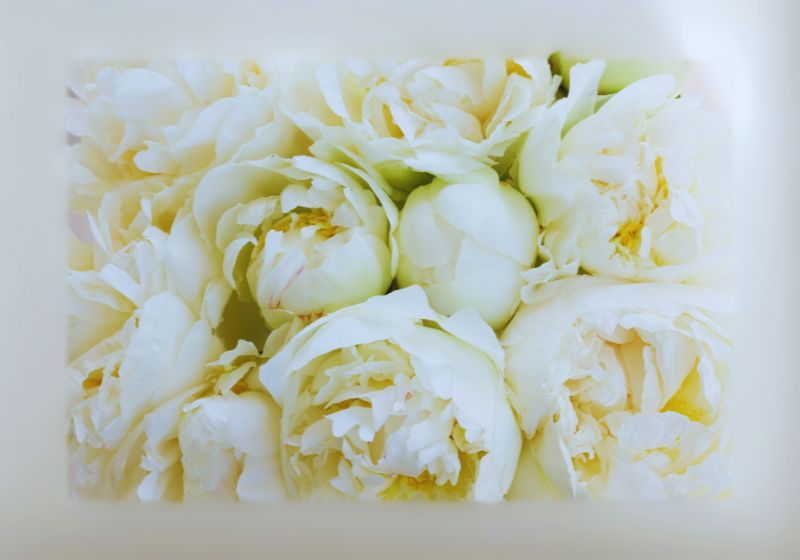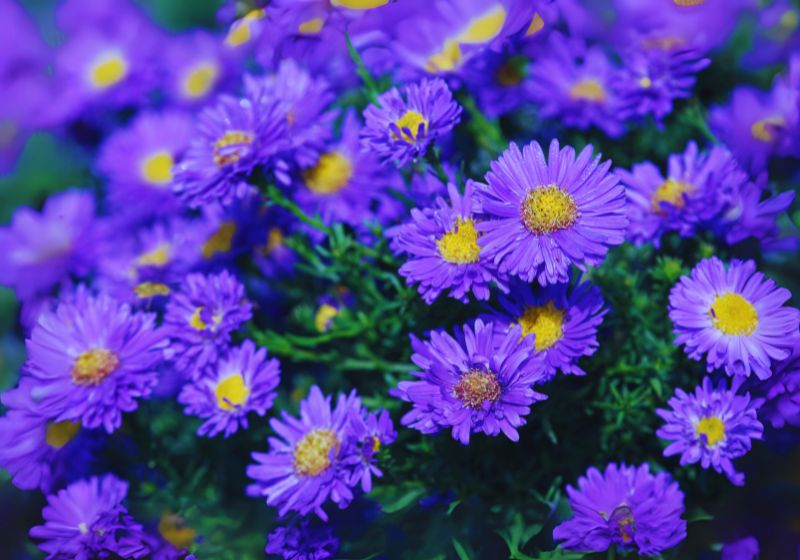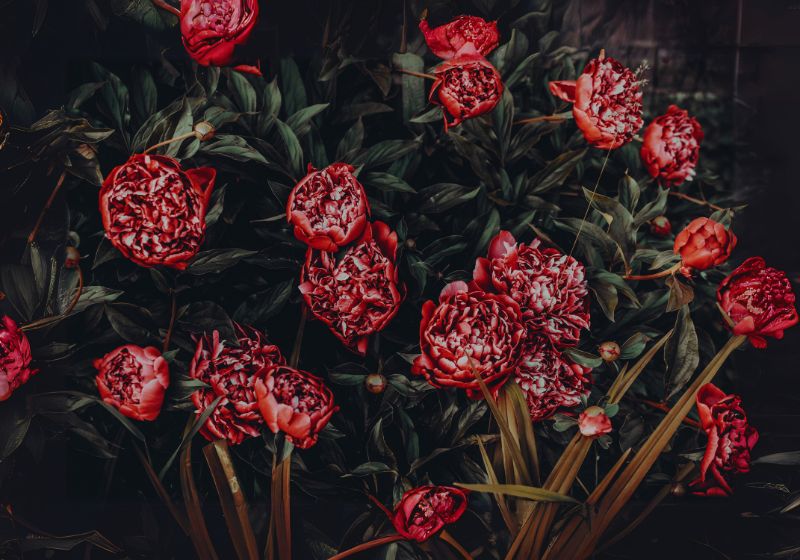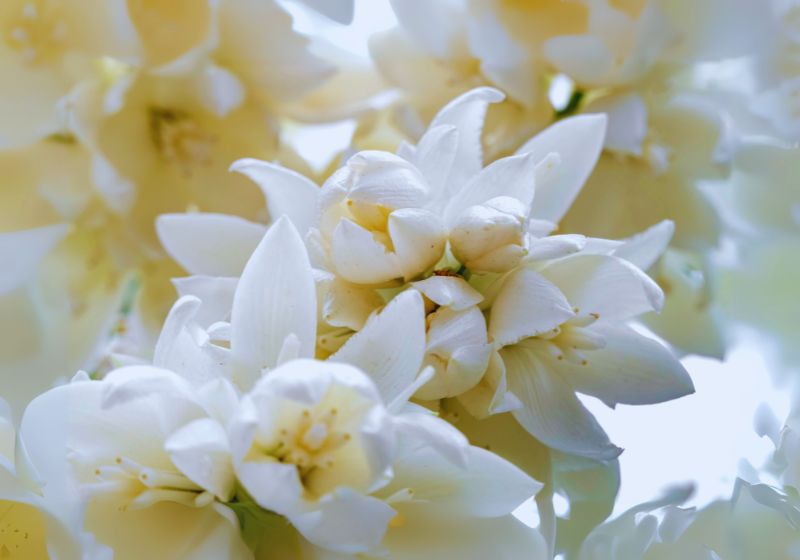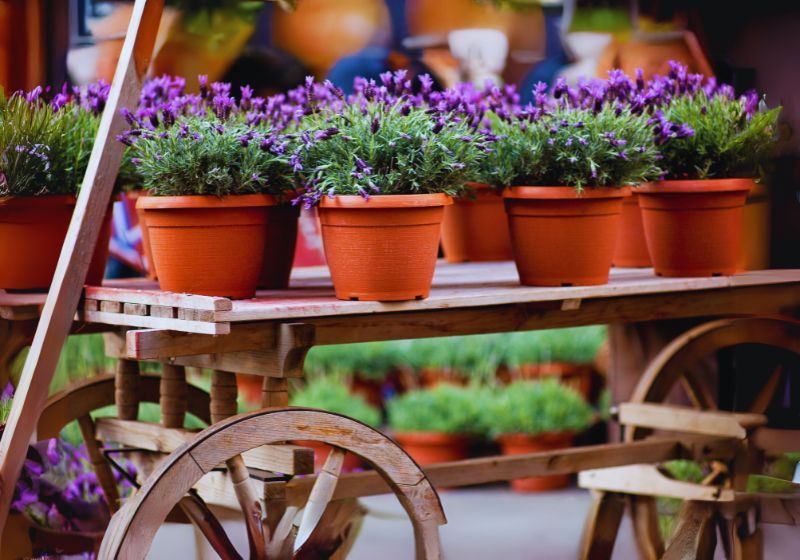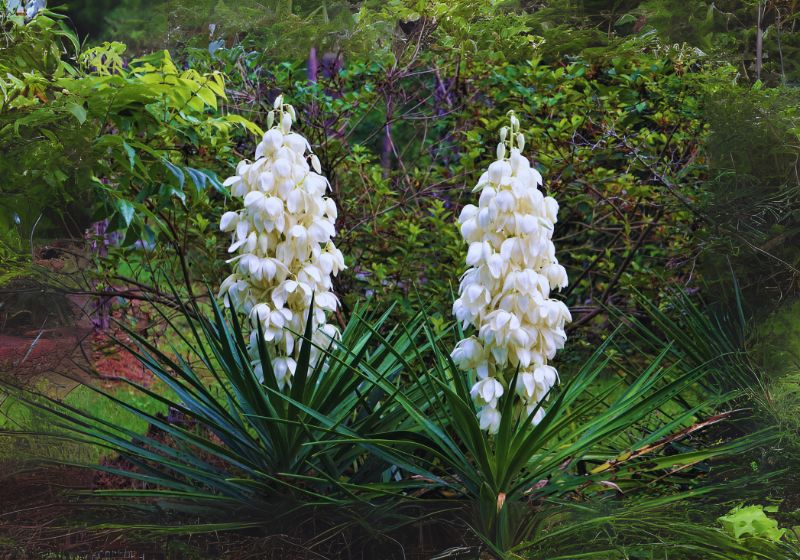How to Grow and Care for Spanish Lavender: A Complete Guide
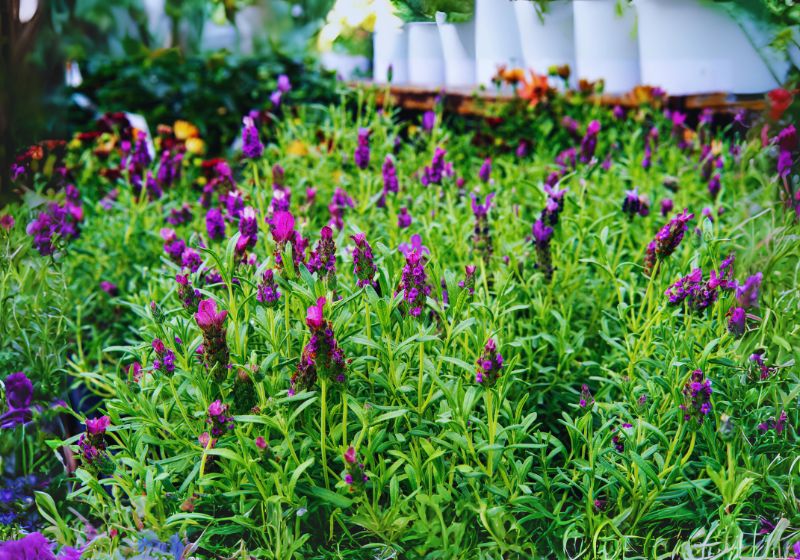
The tough plant Spanish lavender (Lavandula stonechats) grows well in Mediterranean conditions and features both attractive rabbit-ear bracts and aromatic leaves. This guide teaches you what you need to do to successfully grow and care for Spanish lavender both in your garden and containers.
Lavandula stonechats produce aromatic vegetation and distinct rabbit-ear bracts when grown in Mediterranean conditions.
Characteristics
- Appearance: The appearance of Spanish lavender shows its small stature, grey-green foliage, and special flower spikes which bear rabbit-like bracts at the top.
- Aroma: Its special scent brings bees and butterflies to feed from its flowers.
- Climate: Spanish lavender grows best in warm and desert-like conditions across USDA zones 7 to 10.
- Blooming Season: Spanish lavender flowers come out in late spring and will stay fresh through summer given the right maintenance.
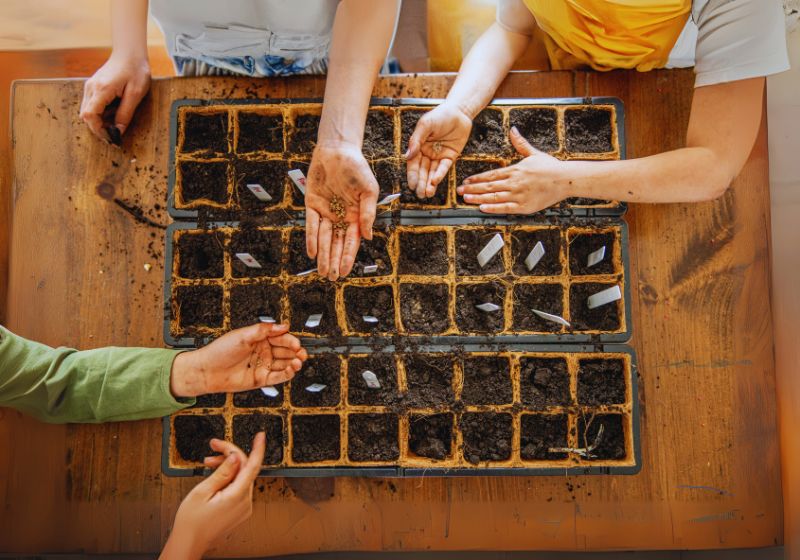
Benefits
- Aesthetic Appeal: It brings beautiful vibrant colors and textural parts to outdoor spaces.
- Wildlife Friendly: The plant serves as a pollinator hotspot while using physical barriers to prevent deer and rabbit intrusions.
- Culinary Uses: Spanish lavender provides edible tastes for food and tea preparation but users tend to prefer English lavender.
Choosing the Right Location
Sunlight Requirements
To achieve growth Spanish lavender needs direct sunlight throughout the day. Spanish lavender needs 6 to 8 hours of direct sunlight each day for healthy growth.
Soil Preferences
- Well-drained Soil: Spanish will die in wet soil conditions. Spanish lavender grows best in soils that are sandy or rocky.
- pH Level: Good soil for Spanish lavender should maintain a pH between 6.5 and 8 which remains neutral to slightly alkaline in nature.
- Nutrient Needs: The plant performs best in low-nutrient soil so use minimal enrichments.
Space Considerations
Plant your lavender with a 12 to 24-inch distance between each stem to maintain good air movement and plant growth.
Planting Spanish Lavender
When to Plant
- Spring: After the last frost.
- Fall: Young Spanish plants planted in milder fall weather gain better root development before winter arrives.
How to Plant
- Prepare the Soil: Spread coarse sand or small gravel over the top 12 inches of soil to help drainage when needed.
- Place the Plant: Place the lavender plant so that the top of the root ball sits exactly at soil level.
- Backfill and Water: Knock down the soil in the hole lightly while filling it up then lightly water the ground to align the roots.
Watering Requirements
Initial Watering
Spanish lavender plants need frequent gentle waterings immediately after planting to form their root system.
Established Plants
After the roots develop you need to water deeply on sparse occasions while letting the soil fully dry between each time you water.
Frequency: In dry regions give Spanish lavender water every 2-3 weeks yet reduce watering frequency to match local humidity levels.
Overwatering Signs
Your plants show signs of overwatering through yellowed leaves and damaged roots.
Fertilizing Spanish Lavender
Minimal Needs
Spanish lavender functions best in low nutrient soil and rarely needs fertilizing.
Optional Feeding
- Lightly spread balanced slow-release fertilizer across your Spanish lavender plants during early spring to improve their growth rate.
- Use low-nitrogen fertilizers instead because high-nitrogen ones boost foliage growth at the expense of flowers.
Pruning and Maintenance
Pruning Schedule
- After Blooming: Use sharp shears to trim old dried flower stalks to help fresh blooms appear.
- Late Summer/Early Fall: Trim away extra branches to keep your plant’s shape and stop it from developing woody sections.
How to Prune
- Use sharp, sterilized shears.
- Trim the plant halfway but avoid cutting the wood near its base.
Weed Control
Set small gravel on top of the plant area to stop weed development while ensuring proper drainage.
Managing Pests and Diseases
Common Pests
- Aphids: Spray your plants with insecticidal soap or blast them with a strong water stream to control pests.
- Spittlebugs: Treat them directly by hand or water sprayer.
Disease Prevention
- Keep your watering schedule light to protect your plant from fungal infections and root rot problems.
- Space your plants correctly to keep the air moving around them.
- Spanish Lavender does well when planted in containers as long as you provide the correct plant care.
Choosing a Container
- Choose a container with drainage holes to stop your plant from becoming waterlogged.
- Size: Mature Spanish lavender needs pots with a minimum diameter of 12 inches.
Soil and Planting
- Blend potting soil with sand and perlite to make a planting mix that allows water to drain freely.
- Follow planting steps as for garden cultivation.
Watering in Containers
The soil in containers dries out more rapidly than ground soil so watch for water depletion frequently. Water the plants once their top one or two inches of soil start to feel dry.
Winter Care
Hardy Zones
For zones 7 to 10 including warmer regions Spanish lavender may endure winter frost but needs protection in harsher climates.
Protection Strategies
- Mulch: Spread gravel mulch or large mulch particles beneath the plant.
- Containers: Bring all potted plants inside when temperatures get too cold.
- Frost Cloths: Use frost protection over outdoor plants when winter freezes appear suddenly.
Propagating Spanish Lavender
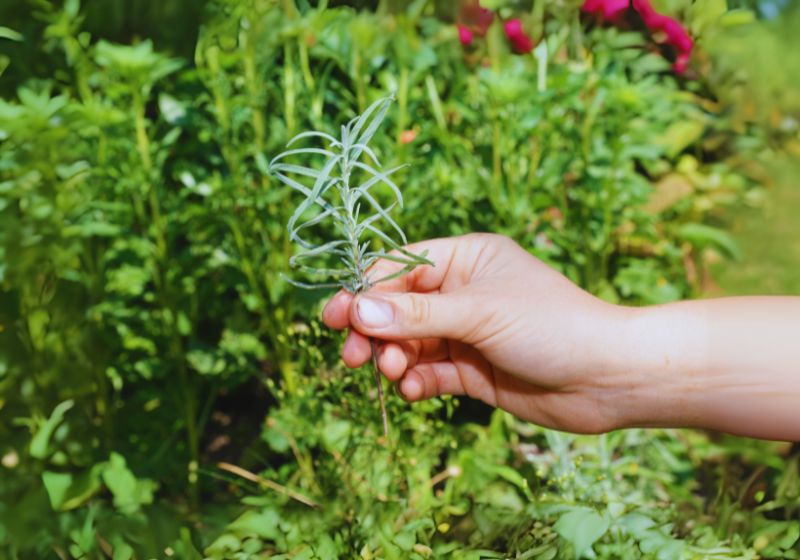
Methods
- Cuttings: This plant shows its best results when propagated through cutting techniques.
- Seeds: Stratification-based seed planting needs careful tree class separation and might lead to plant types other than the original.
How to Propagate by Cuttings
- Use 4-6 inch pieces from young spring or summer plant parts that feel soft and do not contain wood.
- Take a cutting and remove the lower leaves while applying rooting hormone to the cut edge.
- Plant the cuttings directly into a sandy potted mix to create new plants.
- Set the plant in a warm area with bright light but reduce your watering routine.
- Your cuttings need 4 to 6 weeks for root development.
Using Spanish Lavender
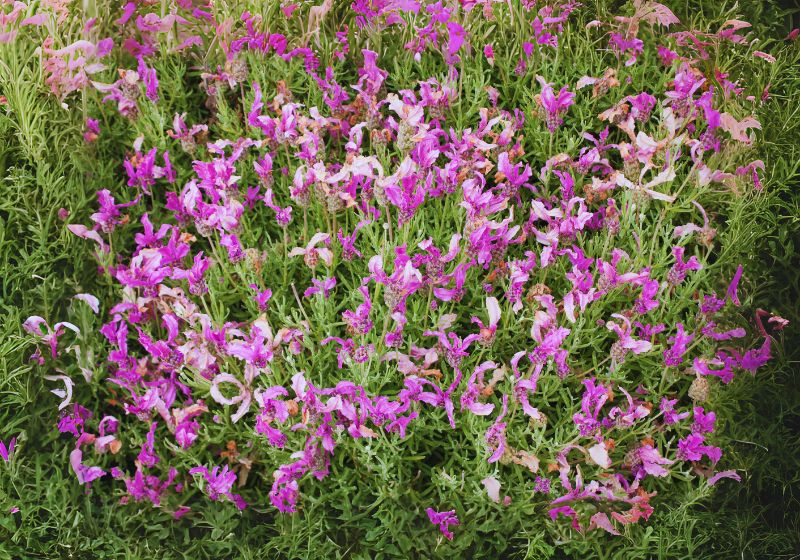
In the Garden
- Borders and Hedges: Compact stems grow well when placed along walkways as a border.
- Companion Plants: Plant rosemary or thyme alongside lavender plants to save water when planning your garden.
Indoors
Dried Spanish lavender flowers serve three purposes: you can make sachets of potpourri and extract essential oil from them.
Culinary Applications
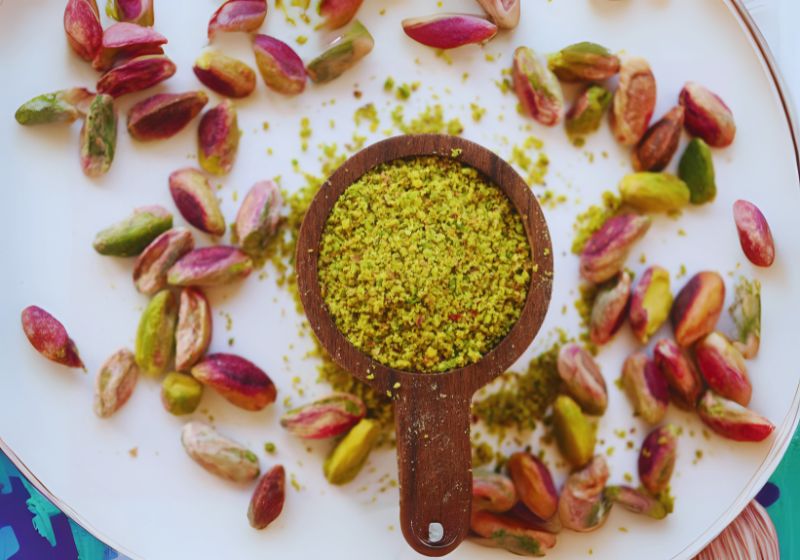
- Chop Spanish flowers to sprinkle them in baked items, steep them to make tea, or mix them into cooking marinades.
- Let me show you methods to fix regular growing problems with Spanish Lavender plants.
Leggy Growth
- Cause: Insufficient sunlight.
- Solution: Relocate to a sunnier spot.
Poor Flowering
- Cause: Poor growth occurs when you use too much fertilizer alongside insufficient pruning.
- Solution: Keep feeding less while regularly trimming the plant.
Browning or Dry Leaves
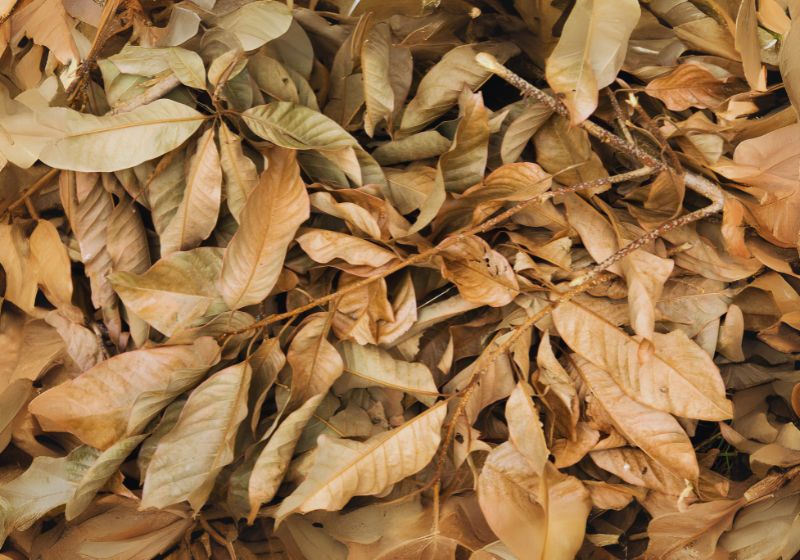
Cause: Overwatering or extreme heat.
Solution: Put Spanish lavender plants under light shade to protect them when temperatures get too high while reducing watering frequency.
- Here you will find answers to commonly asked questions about Spanish lavender.
- Wash your Spanish lavender plant when the soil goes dry and let it wait 2-3 weeks for water.
- The established Spanish lavender requires water either two or three weeks apart or during soil dryness periods.
- I will have no trouble growing Spanish lavender indoors.
- You can plant this lavender inside your home but you need to position it near sunlight and use soil that drains well.
Why isn’t my Spanish lavender flowering?
Check for over-fertilization, inadequate sunlight, or poor pruning practices.You can make your garden more beautiful and add rich scents by applying these exact steps to create year-round Spanish lavender displays.
Your garden benefits greatly from Spanish lavender (Lavandula stonechats) because it brings together attractive looks and pleasant scent with many practical applications. To successfully grow and care for it, remember these key points:
- Light and Location: Place your Spanish in a sunny spot to get the best results with plenty of blooms.
- Soil Requirements: Grow Spanish lavender in soil that drains well and maintains between slightly alkaline and neutral ph. Insert sand and gravel into heavy clay soil to make it drain better.
- Watering: Though Spanish lavender tolerates dry conditions it requires regular watering when starting to establish itself. Water mature Spanish lavender only when the topsoil shows no signs of moisture.
- Pruning: Regular pruning helps the plant grow tightly and taking away old flowers lets it make more blooms. Do not trim back into previous growth because it can block new growth.
- Temperature and Hardiness: Spanish lavender grows best in warm areas and can survive in USDA zones 6 through 9. Bring indoor plants inside before winter starts and shield outside plants with mulch to protect them.
- Fertilizing: A little application of balanced light fertilizer works better than heavy use because applying too much weakens the plant’s scent and vigor.
Spanish will reward you with its sensory benefits when you create its preferred growing environment and keep pollinators moving through your garden.
conclusion
Spanish lavender brings beautiful color and sweet scent to gardens while needing little care from gardeners. The proper care of sunlight access and drainage combined with light trimming allows you to experience this plant’s attractive blooms and sweet scent throughout several growing seasons.
This low-maintenance plant grows easily in dry conditions so gardeners of all abilities can enjoy its success without much effort. This unique plant lends itself well to gardening as an edging plant, container plant, and an addition to gardens that attract pollinators. Spanish is sure to be a standout feature in any landscape.
Read More: How to Create Stunning Peony Bouquets: A Complete Guide


 English
English 

